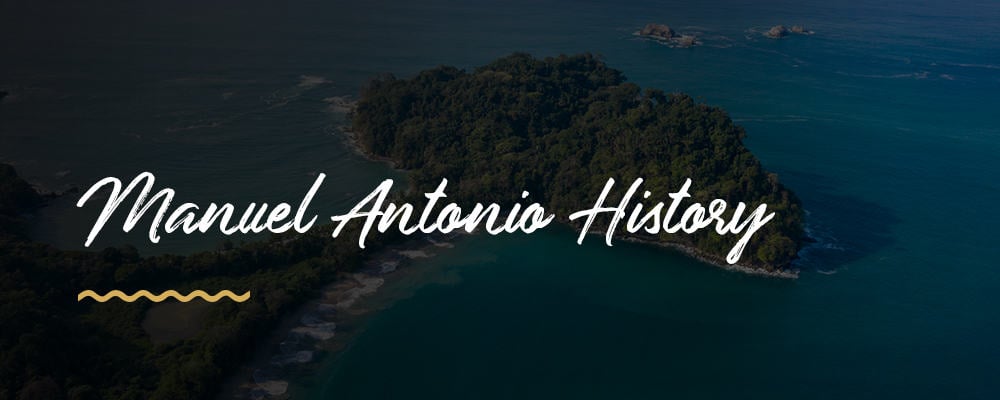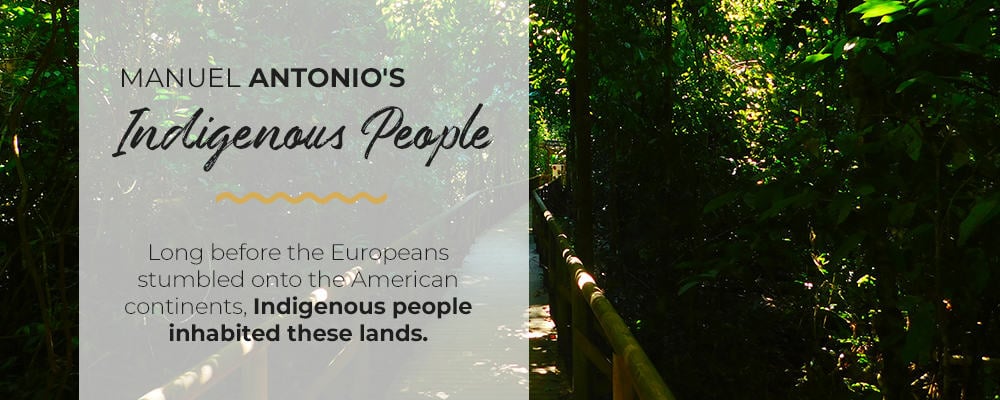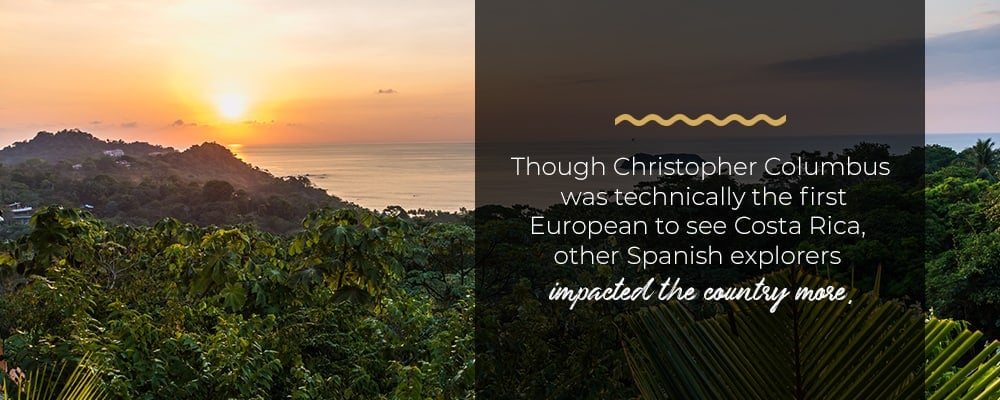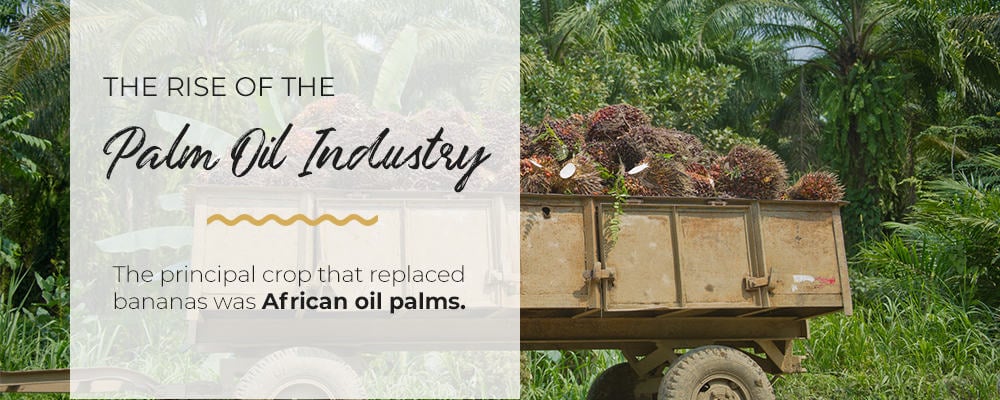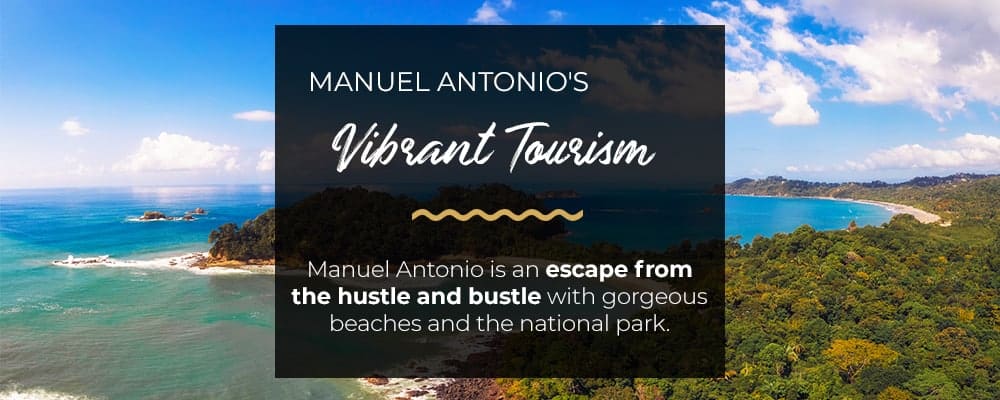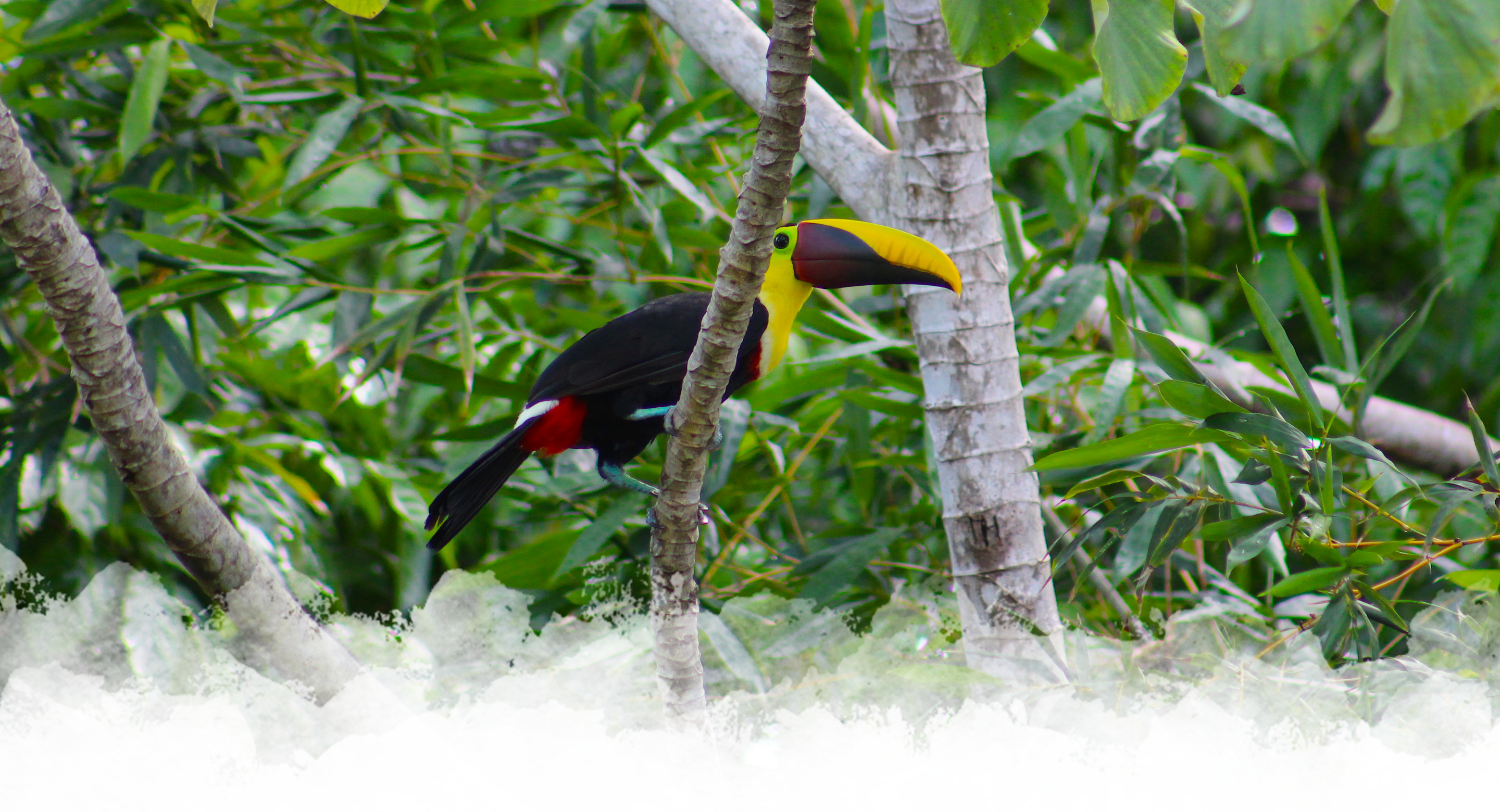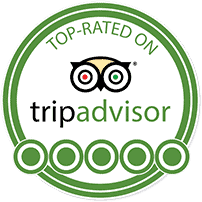Manuel Antonio History
Whether you’ve explored Costa Rica before or you’re planning to travel to this beautiful country, you may want to know more about the history of Manuel Antonio, Costa Rica. Fortunately, this history is colorful, complete with fierce warriors, conquering explorers and even buried treasure. It’s a story befitting such a wondrous place.
In addition to this historical account from centuries past, we also include a focus in this article on Manuel Antonio’s more recent history, including the evolution of the area’s agricultural and tourism industries. If you want to learn more about this unique destination that has attracted travelers from around the world for hundreds of years, read on.
Manuel Antonio’s Indigenous People
Long before the Europeans stumbled onto the American continents, Indigenous people inhabited these lands, including Costa Rica and the area we know today as Manuel Antonio. The neighboring town of Quepos takes its name from the Indigenous chiefdom— the Quepoa, sometimes also called the Quepo — that inhabited the area well before European contact.
The Quepoa were a subset of the Boruca — an Indigenous group comprised of various chiefdoms that covered much of Southern Pacific Costa Rica, from Quepos to the Panama border. This group initially migrated from the Amazon basin. The Quepoa had a reputation as a fierce group of warriors, including the women. Specifically, Quepoa women earned a spot in history for their impressive archery skills. In addition to being warriors, some women in pre-Columbian Costa Rica were healers or even chiefs.
According to a conquistador who got to know the Quepoa, the native chiefdoms in the region frequently fought over gold — a resource the Spanish were especially interested in. Warring peoples would take captives, killing the men and keeping the women and children as slaves. When a chief died, the prisoners would be killed as a sacrifice to be buried with him.
These people were not merely brutal warriors, though. They were farmers, hunters, fishers and artists. In Playa Biesanz in Manuel Antonio, you can still see evidence of the Quepoa’s fishing activities. They piled up rocks in a half-moon shape to entrap turtles and fish during low tide.
In the pre-Columbian Gold Museum exhibit in San Jose, you can admire hundreds of gold artifacts, along with some other pieces made from materials like ceramic and glass, dating back to this period before European contact. These artifacts display the craftsmanship of these Indigenous people who created exquisite jewelry and detailed statues of people and animals.
Early Contact With the Spanish
Christopher Columbus was the first European to visit Costa Rica. He stopped near present-day Limón, Costa Rica, on his fourth voyage westward. Some accounts claim that, upon seeing the lush vegetation, Columbus called the area “the Garden.” However, other sources credit him with giving Costa Rica its enduring name, which means “the Rich Coast.”
Though Christopher Columbus was technically the first European to see Costa Rica, other Spanish explorers impacted the country more. In 1519, the explorer Hernán Ponce de León — the nephew of the fabled Fountain of Youth explorer — neared the shores of the Manuel Antonio area but chose not to go ashore. The inspiration for this course change was the host of hostile, armed natives that the crew spotted waiting for them on the shore.
A few years later, another explorer named Gil González sought to explore Costa Rica’s Pacific coast. Historians believe it was likely that by the time González reached the area, smallpox from contact with Europeans in other parts of the country had already spread like wildfire. That may have been why the explorer was surprised to find relatively few natives in the region.
This illness likely did more to weaken the native people than the conquistadors’ early efforts at subjugation. Whereas the Aztecs and Inca farther south were centrally administered empires that Spain could overtake, the Spanish had more of a challenge on their hands with Costa Rica because it was a patchwork of independent chiefdoms they needed to conquer separately.
In 1563, Spain sent a conquistador named Juan Vasquez de Coronado to explore and overcome the natives in Manuel Antonio and the surrounding area. The Quepoa resisted Coronado and his army of 70 soldiers to defend the land, and eventually, the parties reached an alliance.
Coronado was impressed with the land and the people who inhabited it. In a letter sent back to the Spanish monarchy, Coronado reported finding cocoa, blankets and other goods in the province along with “all kinds of Indian food in great abundance.” He described the native people as “the cleanest and most reasonable that has been seen” — a high compliment considering the generally conceited attitude of Europeans toward Indigenous people of the Americas at the time.
Coronado and his soldiers even helped the Quepoa retrieve prisoners held by a rival native group, the Coto. The Coto fought hard but eventually released the captives. Coronado’s excursion to the Manuel Antonio region led to incursions further south and east.
Pirates and Hidden Treasure
With all the gold the Spanish discovered in the Americas, it’s no wonder the area also attracted pirates and privateers. Some buccaneers intercepted Spanish ships traveling with gold from Costa Rica and looted their treasure. However, an enduring legend suggests the treasure one privateer was after is still hiding in Manuel Antonio to this day.
The treasure originally came from Panama. The Welsh buccaneer Sir Henry Morgan attacked Panama on two occasions and looted all sorts of valuables from the Spanish colonists. However, the Spanish anticipated Morgan’s return after his first coming and supposedly hid a large quantity of gold and jewels. They loaded the treasure into galleons — Spanish sailing ships — and sent them away. Many believe the bounty made its way to Manuel Antonio.
There are a few reasons for this theory. For one, we can assume the treasure did not travel far, since these ships loaded down with treasures would have been a prime target out on the open ocean. It’s more likely that they traveled only as far as necessary to find a good hiding spot for the treasure.
There is also reason to believe docking at Quepos would have been a safe choice. The missions in Panama and Quepos were both of the Franciscan Catholic order, so the crew would likely have found an ally there to help them hide the gold, which came from the church in Panama.
Another buccaneer, John Clipperton, was convinced the treasure was in this area. He was an English privateer — meaning the English crown commissioned him to attack and pillage Spanish vessels. Clipperton was, by one account, “esteemed, and that perhaps justly, the most experienced seaman of his time.” He had been all over the globe, and had a reputation as a rough-around-the-edges sailor with “not much the air of a gentleman.”
He was a formidable force on the water, but he knew there was even more treasure to find on land if he could recover that hidden booty from Panama. He explored the Manuel Antonio region and searched high and low for the fabled treasure, but came up empty. In the process, he got to know the Quepos in the area. Throughout his life, Clipperton remained convinced that this treasure was somewhere in Manuel Antonio’s lush jungles.
Today, this legendary treasure’s location remains a point of speculation, and many still believe it could be hidden in Manuel Antonio — perhaps somewhere in the national park. Any knowledge of the treasure’s location likely died out with the Quepos, who dwindled to the point of extinction in the mid-18th century through warfare and disease. Locals today claim that the radio and television signals in the area experience interference from the vast amount of precious metals hidden in the region.
Independence From Spain
During the early 19th century, the Spanish-colonized areas of the Americas began to revolt against Spanish rule. Most of the fighting took place in what is now Mexico. Costa Rica, including Manuel Antonio, largely remained a peaceful place. In 1821, Mexico won independence from Spain, and other parts of Central America, including Costa Rica, became part of the new Mexican Empire, a constitutional monarchy. This empire lasted only two years.
In 1823, Costa Rica helped create the United Provinces of Central America, which the country left 15 years later because it wanted to separate itself from the strife caused by the other states in the federation. Today, Costa Rica is an independent democratic republic and is Latin America’s most politically stable nation.
Though Costa Rica’s independence involved separation from Central America, the only revolution involved was independence from Spain. Therefore, the country Throughout the country, there are colorful celebrations. In the Quepos/Manuel Antonio region, you can see patriotic parades complete with marching bands and decorative floats. There are also street festivals in the area, with live music and dancing. It’s an excellent occasion to experience the local culture.
Costa Rica’s Banana Republic
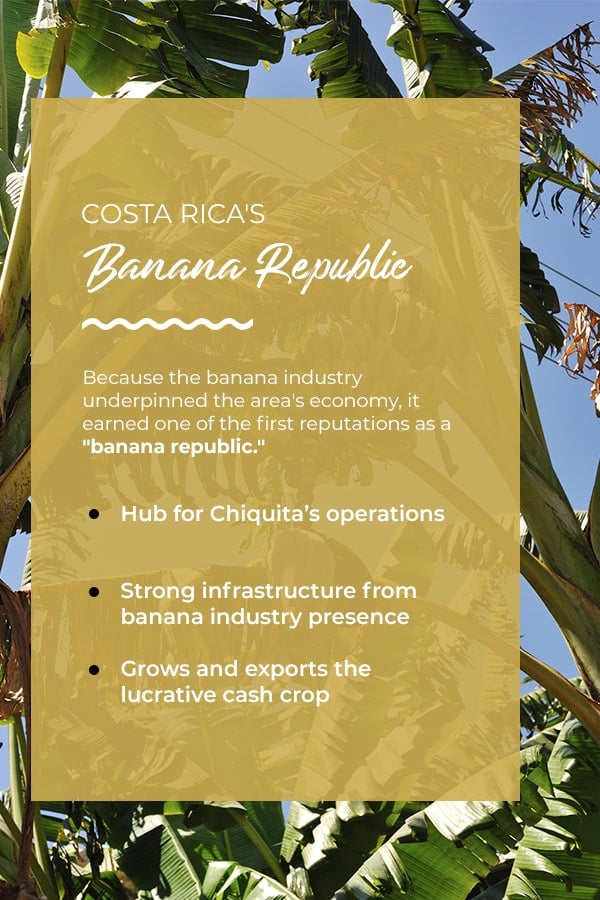
Quepos as we know it today sprang up in the 1930s, when it became a hub for the United Fruit Company’s operations in the area. First, in the 1920s, an entrepreneur named Agathon Lutz Steiegele saw the popularity of bananas in the U.S. and Europe as a golden opportunity and bought land in Quepos to grow and export this lucrative cash crop. His plantations operated under the name of the Pirrís Farm Trading Co.
In 1934, the United Fruit Company — which later became Chiquita — acquired the Pirrís Farm Trading Co. operation. United Fruit Company was American-owned, so management in the area lived in an area of Quepos that became known as “the American zone.” Migrants from all over, including neighboring countries, moved there to work for United Fruit Co.
As the population and banana industry grew, more infrastructure appeared, including hospitals, schools, a railroad and a new port. Because the banana industry underpinned the area’s economy, it earned one of the first reputations as a “banana republic.”
The banana industry in Quepos was relatively short-lived, as floods wiped out the plantations. A blight, known colloquially as Panama disease, that affected banana plantations throughout tropical America also contributed to the end of the booming banana industry in Quepos. However, that was not the end of this area’s agricultural success.
The Rise of the Palm Oil Industry
The principal crop that replaced bananas was African oil palms. Oil palms produce a cluster of pods. These pods, or oil dates, turn black and red-orange when ripe. The oil extracted from these fruits is beneficial for a wide range of applications. Manufacturers use palm oil to make candles, soaps, makeup, industrial lubricants and more. Palm kernel oil, which comes from the seeds in the oil dates, is an ingredient in candy, margarine, baked goods and even pharmaceuticals.
Commercial oil palm plantations started appearing in Costa Rica in 1944, near Quepos. The United Fruit Company needed an alternative to bananas to keep their operations in the area profitable rather than taking a substantial loss. They effectively pivoted to a new cash crop and reused as much as possible to keep costs down. For example, disassembled rail tracks became bridges to help workers cross over irrigation ditches. By the 1970s, the area’s palm oil industry was booming.
Though this helped the area’s economy, Quepos was no longer the major shipping port it had been when it was a banana republic. That’s because tanker trucks primarily transported palm oil. In the mid-1990s, the United Fruit Company sold its operations to a private company, ending their many decades of influence on the area. However, its legacy remains, as palm oil is still a significant export for the region today.
Manuel Antonio Park
Another crucial milestone in Manuel Antonio’s history was the founding of its national park in 1972. This park is what attracts many today to Manuel Antonio. Though the park is relatively small, it is Costa Rica’s best-known national park. That’s likely due to the incredible wildlife you can see there. The Costa Rican government declared this area a national park to preserve its exceptional level of biodiversity.
Thanks to the national park, generations of visitors can see these lands as Indigenous people did in centuries past. You can get an idea of why this land astounded the explorers who first landed on its shores. Within Manuel Antonio Park, you can explore beaches, coral reefs and the rainforest and see breathtaking views.
These various settings are also home to an astounding number of plants and animals you might catch a glimpse of. For example, this includes several species of primates, such as squirrel monkeys, white-faced capuchins, mantled howlers and spider monkeys. You may also get to see sloths and tropical birds like toucans or scarlet macaws. Manuel Antonio is also home to the blue morpho butterfly, among the largest butterfly species in the world.
Manuel Antonio receives hundreds of thousands of visitors each year. Costa Ricans and tourists alike can enjoy this unique area’s natural beauty and appreciate how it keeps the region’s history alive.
Manuel Antonio’s Vibrant Tourism Industry
Centuries after explorers and conquistadors came to Manuel Antonio and Quepos in search of gold, the land’s beauty still attracts many people to the area. Since the 1980s, after Quepos was no longer a major shipping port, tourism has been the area’s primary economic driver. After the founding of the national park, the area surrounding the park and along the coast up to the town of Quepos saw the construction of hotels and villas to welcome tourists.
In Quepos in particular, fishing is a significant draw. Sport anglers come for the large sailfish and marlin, which are bountiful off the coast. You can also fish for many other species, including dorado, roosterfish and snapper, to name a few. Part of the draw for anglers is Marina Pez Vela — the largest full-service marina in Central America. Here, you can rent anything from small console boats to fully outfitted charter boats for fishing excursions.
Quepos is also a hotspot for local eateries, shops and more. Manuel Antonio itself is more of an escape from the hustle and bustle with gorgeous beaches and, of course, the national park. With such a prosperous tourism industry, you may worry that Manuel Antonio would feel overcrowded, but that is not the case — especially depending on where you stay. Some resorts may feel a bit more “touristy,” but at a private villa estate like Villa Punto de Vista, you’ll feel like you’ve discovered a secluded natural paradise.
Experience the Beauty of Historic Manuel Antonio at Villa Punto de Vista
Manuel Antonio has a rich history and a bright future. There’s a reason we chose to locate our estate in this fantastic region. At the Villa Punto de Vista Estate, you can enjoy views of the ocean, beaches and rainforests that connect you with the past and present-day beauty. You can also enjoy the villas themselves — Villa Punto de Vista and Villa la Isla — which are exquisite inside and out.
We created our estate to combine the exclusivity and privacy of a villa with the capabilities of a larger venue. That’s part of what makes us a top luxury destination for weddings and other events. You can also enjoy a family vacation on our estate, where our staff can share more information about the area and help you have an incredible stay. Check our availability and rates online to plan your stay.

